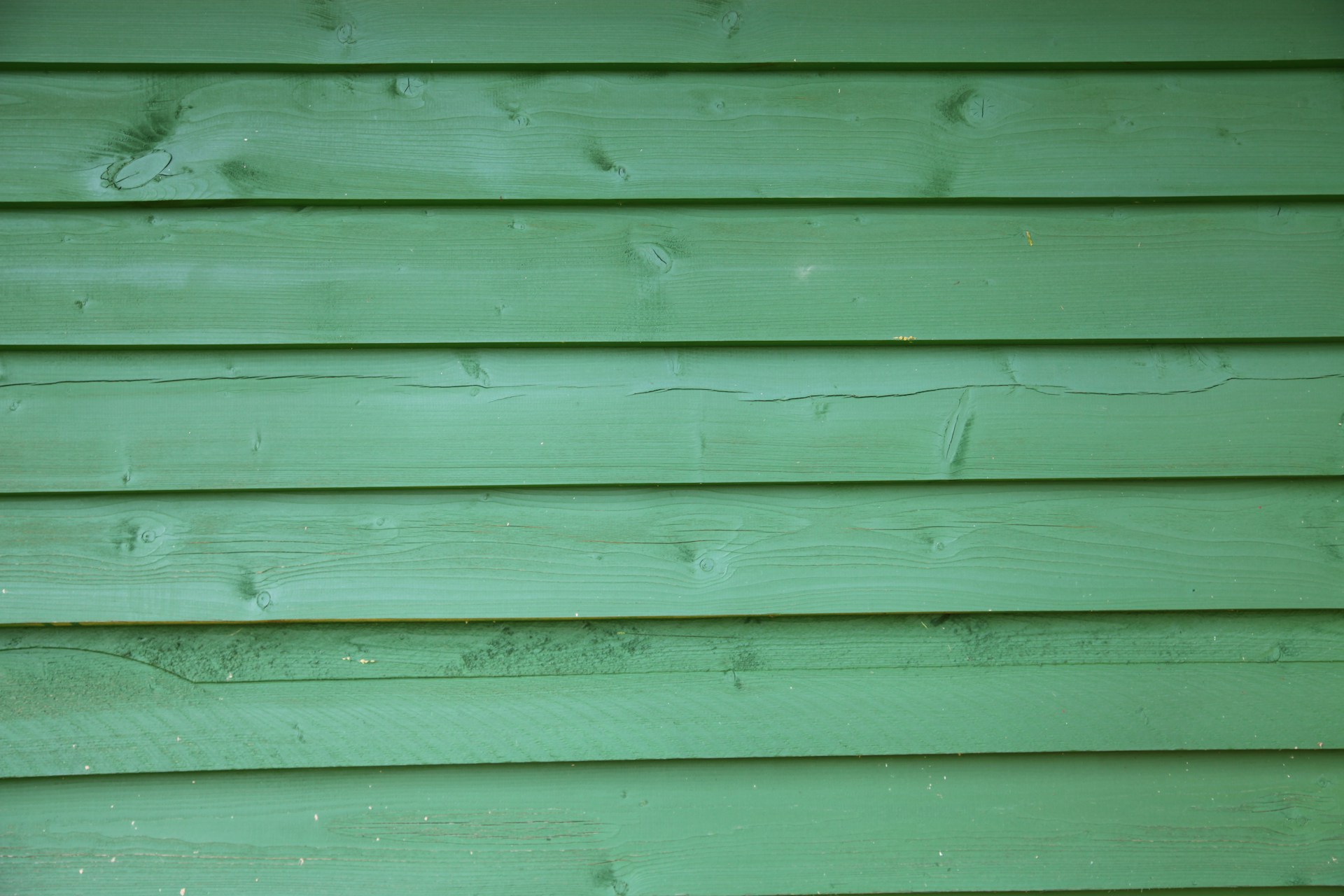Your home’s siding does much more than give it a nice look. It serves as a protective shield against the elements. Keeping an eye on your siding is crucial because it can show signs of wear and tear that, if left unchecked, could lead to costly repairs or even structural damage.
Identifying Visual Siding Issues
Taking a close look at your siding can reveal a lot about its condition. One of the first things to watch for is changes in color and fading, which can indicate wear. Sun exposure and weather conditions often cause siding to lose its vibrant hue, suggesting it’s been compromised over time.
Cracks, holes, and warping are more obvious signs of potential damage. These issues allow water and pests to enter, leading to more significant problems if not addressed quickly. Warped siding often means that water has gotten underneath, possibly resulting in structural damage.
Additionally, be alert for signs of rot or mold, as they indicate serious moisture problems. Mold and mildew stains typically appear as dark spots and can spread quickly, compromising the siding’s integrity. These issues might signal that moisture has seeped into the material, making it crucial to tackle these signs promptly to avoid more extensive repairs.
Monitoring Energy Bills for Clues
Your energy bills can be a valuable tool in spotting siding damage. If you’ve noticed a sudden spike in your energy costs, your siding could be a factor. Damaged siding often leads to poor insulation performance, causing your heating or cooling systems to work harder to maintain indoor temperatures.
To check if your siding is contributing to energy inefficiency, examine the insulation behind the siding. Poor insulation can cause air leaks, leading to temperature fluctuations inside your home. Ensuring that insulation is intact and adequate is key.
Another effective method is to track your energy bills over time. Consistently rising costs might indicate that problems with your siding are developing slowly. By keeping a close eye on monthly statement changes, you can catch siding issues before they escalate, ensuring that your home’s energy efficiency remains optimal.
Testing for Moisture Intrusion
Moisture behind your siding is a big red flag that something is wrong. Over time, moisture can cause a lot of damage, leading to rot and structural issues. One simple way to check for moisture is to press lightly on the siding. If it feels soft or spongy, you might have a moisture problem. Also, look closely at seams and joints where water can sneak in.
Peeling paint or wallpaper inside your home may indicate moisture is trapped behind the walls. This happens when water seeps through the siding, causing the materials underneath to get damp. A musty smell is another clue that moisture might be lurking, signaling it’s time to take action.
To prevent moisture buildup, ensure proper ventilation around your home to keep air moving. Keep gutters and downspouts clean, directing water away from your walls. Seal gaps and cracks promptly, and consider installing a vapor barrier to keep moisture at bay.
Listening for Audible Warning Signs
Siding shouldn’t make noise if it’s in good shape. If you hear rattling, creaking, or other odd sounds when the wind blows, it might mean your siding is loose or damaged. These noises occur when pieces are not securely fastened to your home, allowing movement with the wind.
High winds and severe weather can affect siding integrity. Wind pressures can unhinge panels or create lifts that allow water to enter. Regularly checking for such disturbances can save money on larger repairs later.
Conducting a sound check is easy. Walk around your home during windy conditions and listen for abnormal sounds. If something sounds off, investigate. Tap on the siding to ensure it’s firmly attached. If you discover loose areas, consider fastening them properly. Noticing and addressing noisy siding early helps maintain your home’s protection and comfort.
Conclusion
Spotting early signs of siding damage can save you a lot of trouble down the line. By keeping an eye on visual cues and being alert to changes around your home, you can catch problems before they grow. Regular checks for moisture and listening for unusual sounds also play key roles in siding maintenance. Addressing small concerns now can prevent expensive repairs and keep your home looking great and functioning well.
Keeping your siding in top condition is vital for maintaining the value and appeal of your home. Whether you’re preparing for seasonal changes or just wanting to ensure your home stays in the best shape, being proactive is essential. Remember, a little attention to detail today can prevent major headaches tomorrow.
If you suspect you need siding repairs in Rapid City, reach out to RainTite Roofing & Construction. Our team can assess your situation and provide expert solutions tailored to your needs. Don’t wait for the damage to become severe—let us help keep your home safe and sound.

